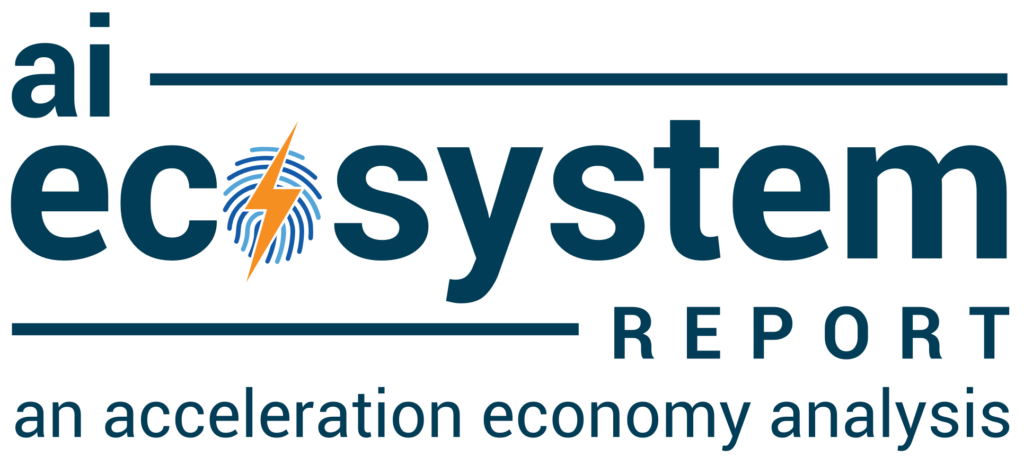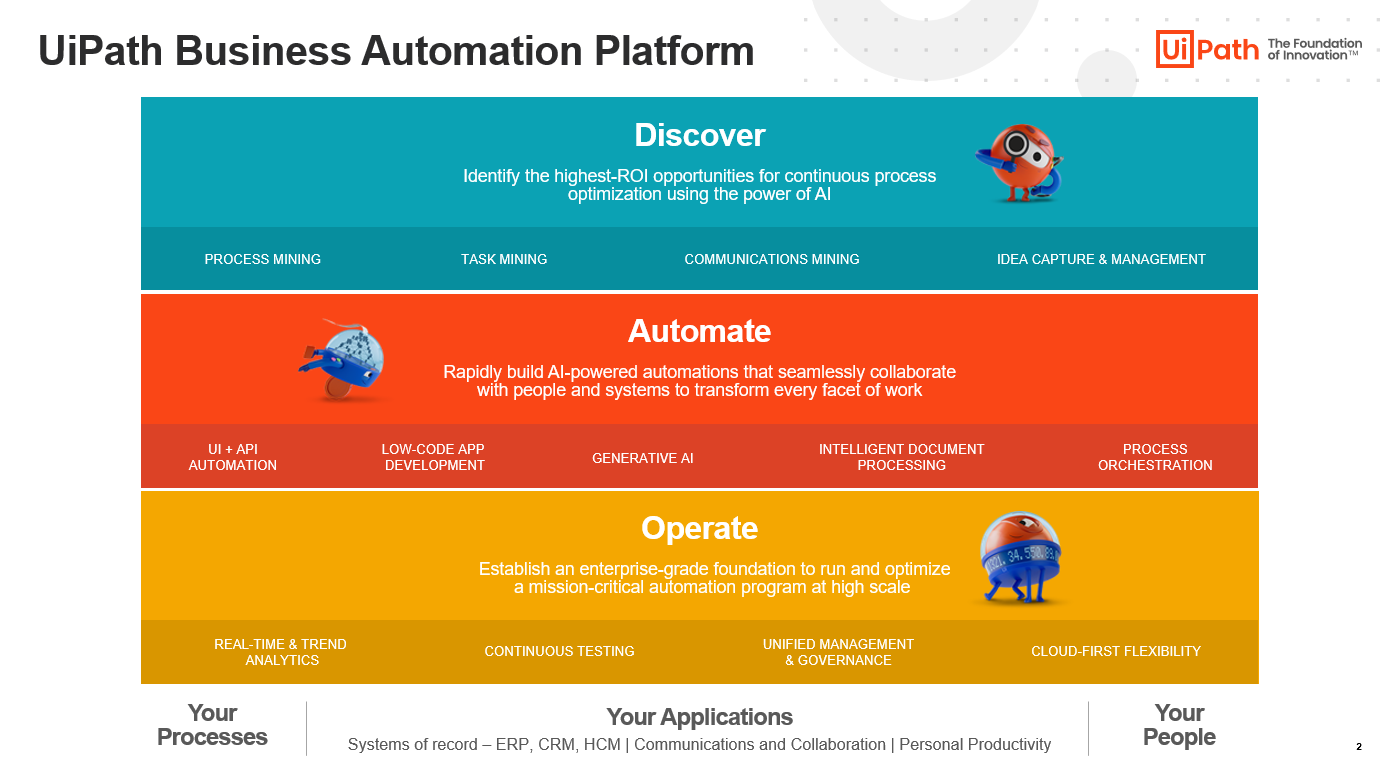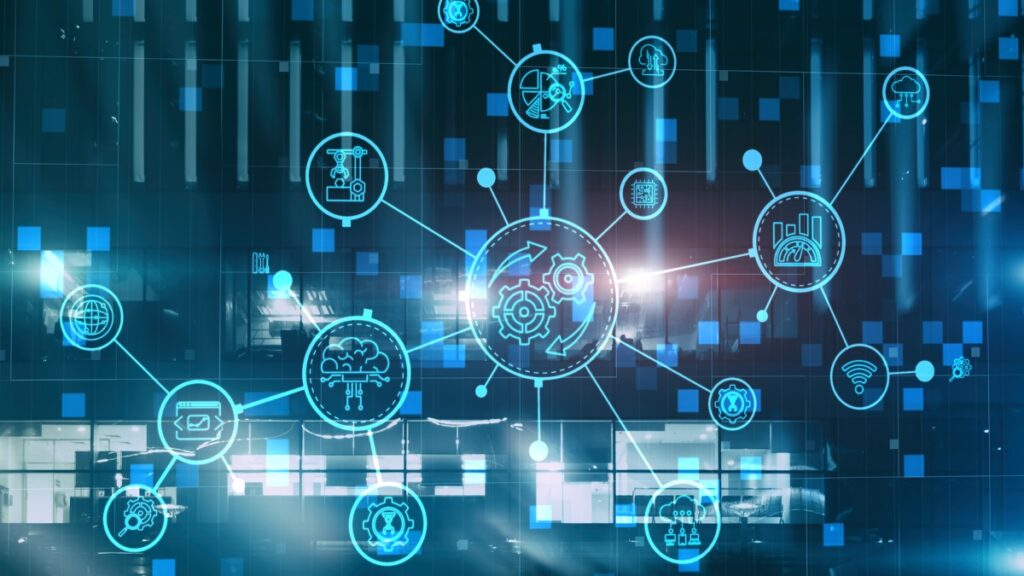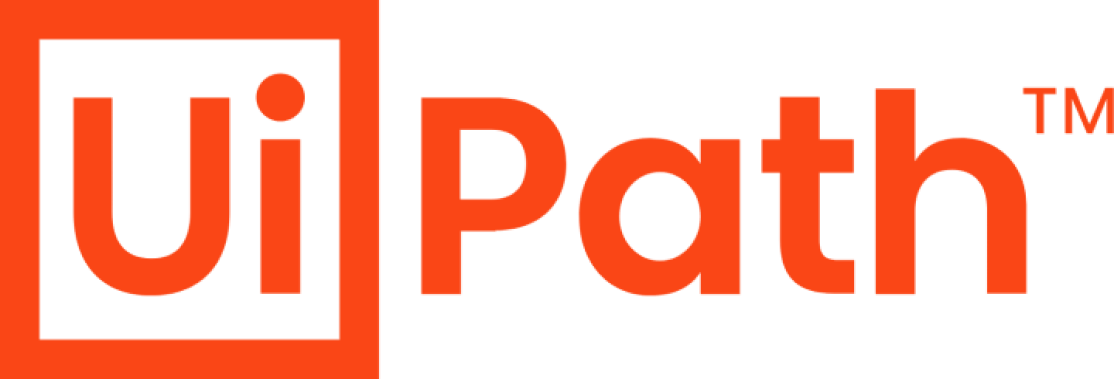
Business automation platform leader UiPath — one of our AI Ecosystem Dozen Pioneers — has reinvented its automation approach to more aggressively emphasize AI — specifically, how automation and AI can work together.
I had the opportunity to speak with the company’s co-founder and Chief Innovation Officer, Daniel Dines, as well as Chief Product Officer Graham Sheldon, about the company’s recent innovations and how UiPath is building on a long history with AI.
For context, UiPath was founded in 2005; it started in robotic process automation (RPA) and business automation and made its initial AI investments in proprietary computer vision. Today, the company has over 10,000 business customers worldwide, is valued at over $12 billion, and offers a scalable platform for end-to-end process automation. A strong partner ecosystem builds value-added applications that leverage the UiPath automation platform.
The company has continued to implement new features and products in step with AI advances — giving customers the tooling they need by embedding AI capabilities into its automation platform. This AI plus automation combo is what Dines and the team call “AI at Work.”
The company’s platform is developed to serve a range of use cases and constituents including developers, testers, business analysts, and business users.

New Tools, Foundation of Trust
Dines explains that the concept of AI at Work — where AI is operationalized through automation in a way that enables employees to offload tasks that people don’t need to do — not only makes businesses more efficient but also makes employees happier.
Core to any AI implementation of UiPath technology for customers, Sheldon notes, is trust:
- Trust that data is secure and accessed properly
- Trust that guardrails are in place
- Trust that models were built responsibly
UiPath puts strong emphasis on customers’ need for trust and providing models with great data, proper context, and robust integrations with its core systems. Only then can models be leveraged to drive action within a business.
At its recent AI Summit digital event, UiPath announced two of its own large language models, DocPATH and CommPATH. These are extensively trained for document processing and communications, respectively. All-purpose models like GPT-4 do not match the performance of specialized models like these, which complement the 70 specialized models UiPath already has in its library.
“UiPath is making its own original and creative contributions to the LLM arena using that proprietary understanding of business processes and documents,” Dines says.
UiPath describes the requirements to get maximum enterprise productivity from LLMs: the ability to take action, being trained on enterprise data (not just web data), and understanding diverse enterprise data types including applications, documents, structured data, and text.

UiPath also added context grounding for its AI trust layer, which keeps data protected for enterprise customers. This allows customers to bring real-time business data into their models in the Retrieval Augmented Generation, or RAG, pattern. This means once your CISO approves your organization’s use of UiPath, all your data stays within the trust boundary and can be applied to models without risk of data compromise. That addresses a commonly cited security concern for many companies.
The company also released UiPath AutopilotTM — a generative AI-powered assistant built into the UiPath platform — in public preview mode and added new prebuilt generative AI Activities, which are building blocks that customers can include in automations directly. Activities range from chat generation to summarization to language detection. UiPath AutopilotTM sits across its platform to democratize development and boost knowledge worker productivity. Users can create automations, apps, integrations, test cases, process mining insights, and communications mining insights via natural language prompts. Its experience for developers and testers will be generally available in June, while its experience for business analysts and business users remains in preview mode.
These latest products bolster the UiPath automation platform as it blends automation and AI.
“An automation system like ours helps you marry the probabilistic decisions where AI can help with deterministic rules and things where you oftentimes still need a human in the loop before you make a critical decision,” Sheldon says. “And we allow you to do all of that.”

Customer Impact
UiPath has a powerful set of customers and testimonials detailing the impact of its automation and AI functionality. One such customer is Intel.
UiPath worked with the chip giant to de-risk its trade compliance process, with anticipated savings in the hundreds of millions of dollars. To paint a picture, Intel has millions of products being shipped internationally. Every time a shipment crosses a border, it needs to clear customs in a document-heavy, inefficient process. UiPath enabled Intel to build and insert a custom ML model to predict the right quotes for products and classify over 56,000 products with 99% accuracy, enabling the company to streamline its trade compliance process.
UiPath has also worked extensively with banks. One common use case in banking is the creation of Public Information Books or PIBs — these are multi-hundred-page booklets that are legally required in complex deals. UiPath enables bankers to generate and summarize PIBs, saving the bank millions and helping bankers avoid painstaking, manual work.
This latter use case is a great example of UiPath improving employee wellbeing: nobody relishes hammering away on a massive document required mostly for compliance purposes.
What’s Next for UiPath?
Without a doubt, the company has made sweeping moves in the AI ecosystem. But there is more to come. Dines shares his view that UiPath will continue down the process orchestration path by further combining cutting-edge AI and GenAI with investments it has made in process mining.

As businesses use UiPath and AI to automate a wide range of functions, AI and automation will continue to shift from the role of assisting human operators to actually executing tasks. Dines believes that many processes in the future will simply be described by natural language and an AI system will execute on that language — unlocking end-to-end automation.
“There’s a natural evolution and desire from our customers to go from task automation to end-to-end process automation,” Dines says. “Companies don’t just want to automate the discrete task, but rather to transform workflows that are essential to their business, like customer onboarding, procure to pay, or claims processing.”
UiPath is helping customers create this future.











